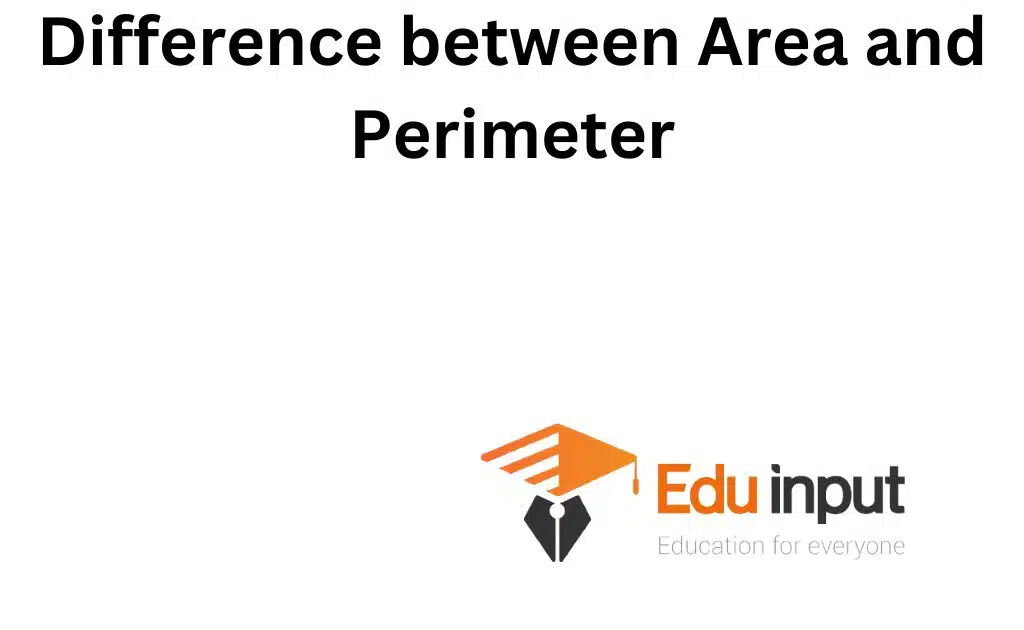What is Even Number Mean in Math?-Definition, Properties
Even numbers are those numbers that can be divided into two equal parts or groups and are exactly divisible by 2. Leaving with the remainder is zero. For example, 2, 4, 6, 8, 10, and so on. These numbers can be grouped in equal pairs. However, this grouping cannot be done for numbers like 5, 7, 9, or 11. So, 5, 7, 9, or 11 are not even numbers. Let us learn more about even numbers and their properties in this article.
What are even Numbers?
An even number is a number that is a multiple of 2. It can be said that any number that is completely divisible by 2 is an even number. This can be understood with the help of an example. Now, let us divide 8 by 2. We get the quotient as 4, which is equal to the number of pairs that are formed. We get the remainder as 0, In other words, whenever an even number is divided by 2, we will always leave the remainder as 0. For example, 2, 4, 6, 8, 10, and so on.
Consecutive Even number
Consecutive numbers can be as 2, 4, 6, 8, 10, 12, 14, and so on. Consecutive numbers are those numbers that follow each other in order continuously from the smallest number to the greatest number. For example, 1, 2, 3, 4, and so on are consecutive natural numbers. So, when we need to list consecutive even numbers, we can list all even numbers in order from the minimum number to the maximum number.
For example, 2, 4, 6, 8, 10, 12, 14, and so on are consecutive even numbers.
Properties of even number
Let us have a look at the various properties of numbers like addition, multiplication, and subtraction and the way an even number behaves in such cases:
Addition property of even number
- The sum of two even numbers is an even number. For example:
16 + 4 = 20
- The sum of an even number and an odd number is an odd number.
For example:
6 + 5 = 11
- The sum of two odd numbers is an even number.
For example:
15 + 7 = 22
Subtraction property of even numbers
- The difference between two even numbers is an even number.
For example:
28 – 4= 24
- The difference between an even number and an odd number is an odd number.
For example:
8 – 7 = 1
- The difference between two odd numbers is an even number.
For example:
15 – 5 = 10
Multiplication Property of even Number
- The product of two even numbers is an even number.
For example:
8 × 4 = 32
- The product of an even number and an odd number is an even number.
For example:
8 × 3 = 24
Even prime number
2 is only even a prime number. All the other even numbers have factors other than 1 and the number itself.







Leave a Reply